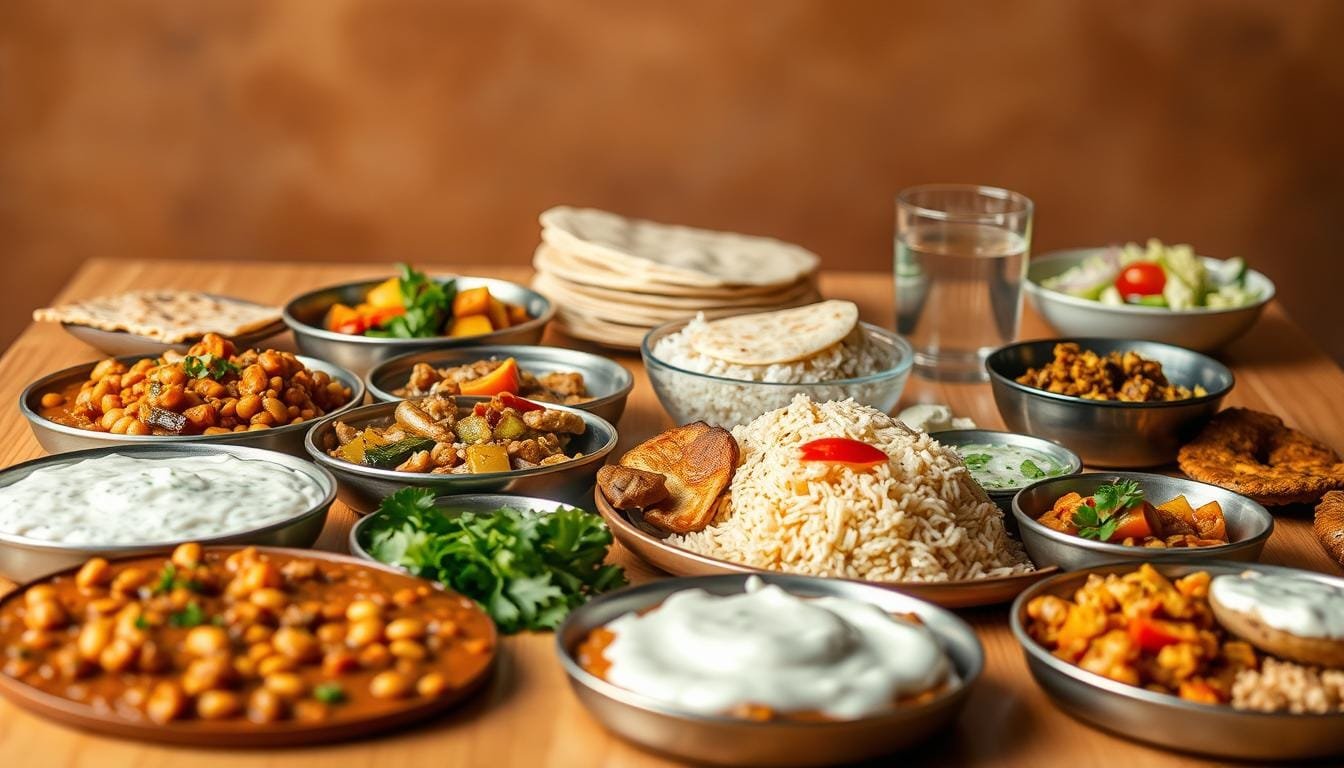Losing weight can be tough, balancing healthy eating with tasty food. Many of us have tried different diets, only to feel hungry and unsatisfied.
Imagine enjoying delicious Indian meals while losing weight. A good Indian diet plan makes this possible. It focuses on foods rich in nutrients and balanced meals, helping you reach your weight loss goals without hunger or boredom.
Our 7 day diet plan for weight loss Indian style offers a variety of healthy and tasty options. It’s designed to help you stick to your weight loss journey. By blending traditional Indian cuisine with modern nutrition, this plan aims to make you healthier and happier.






